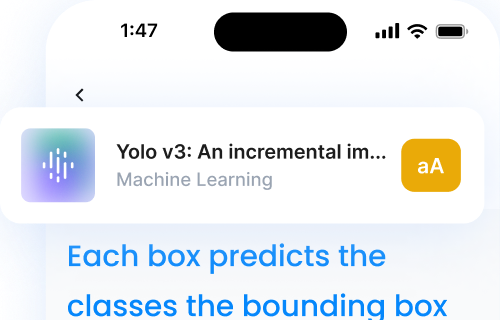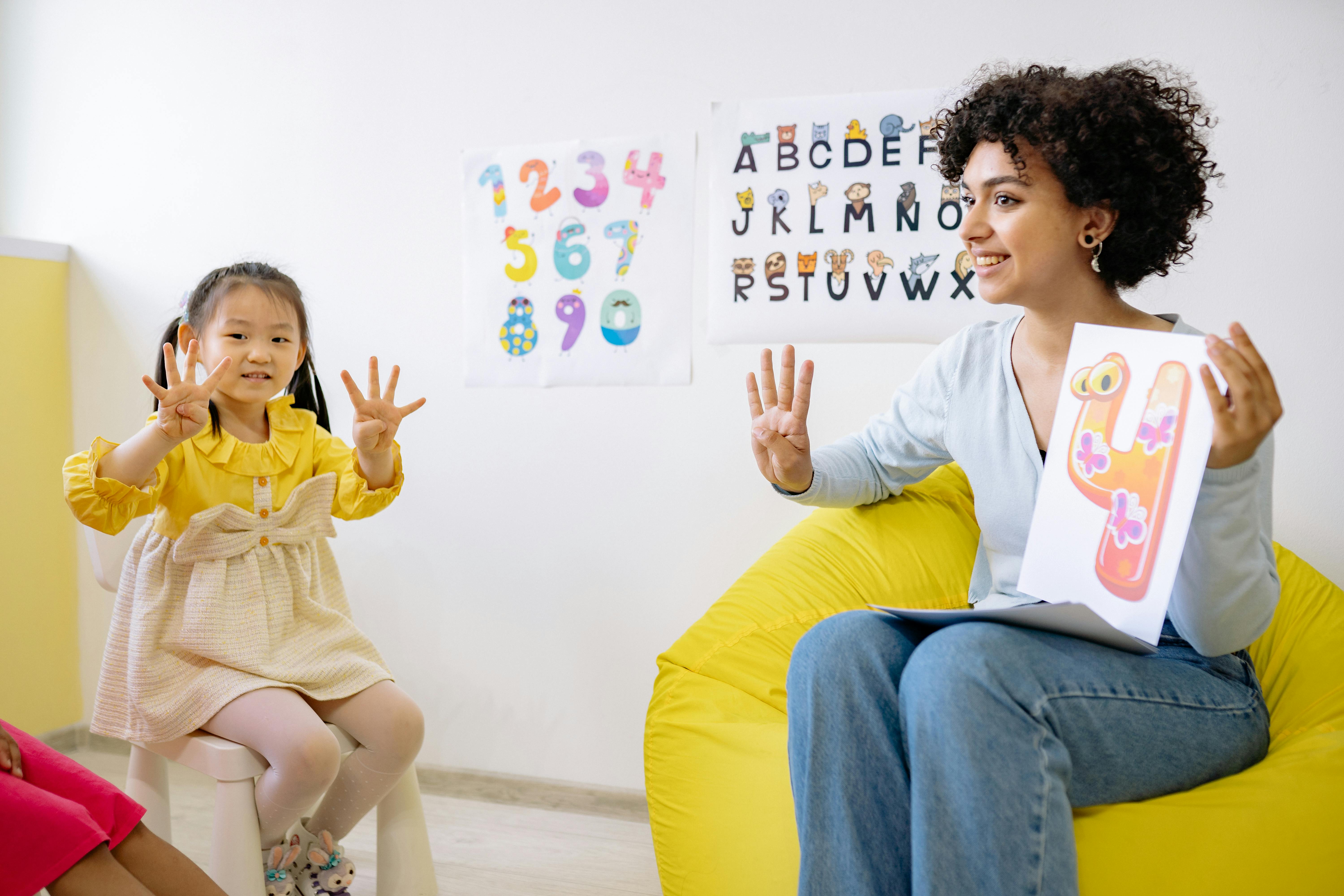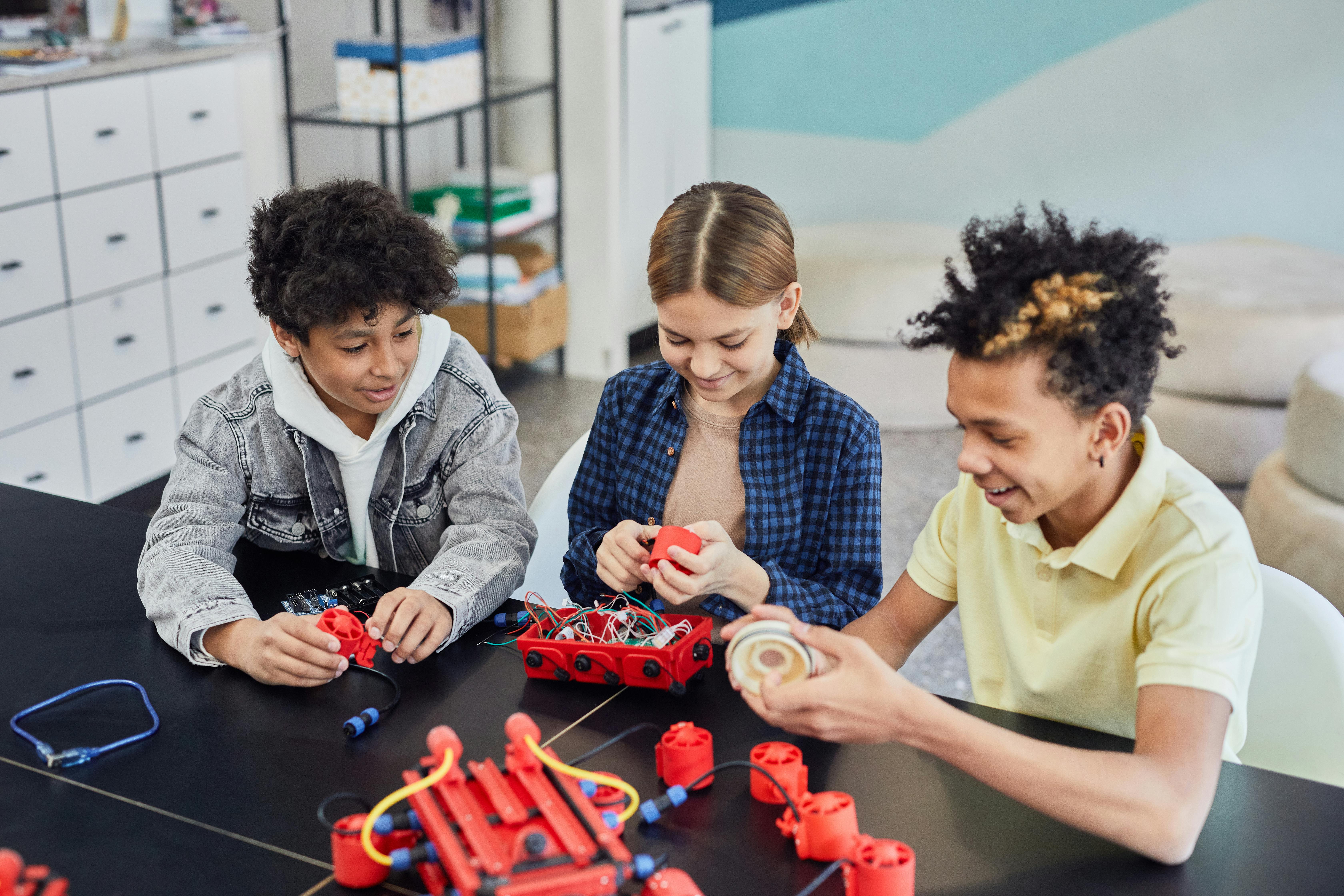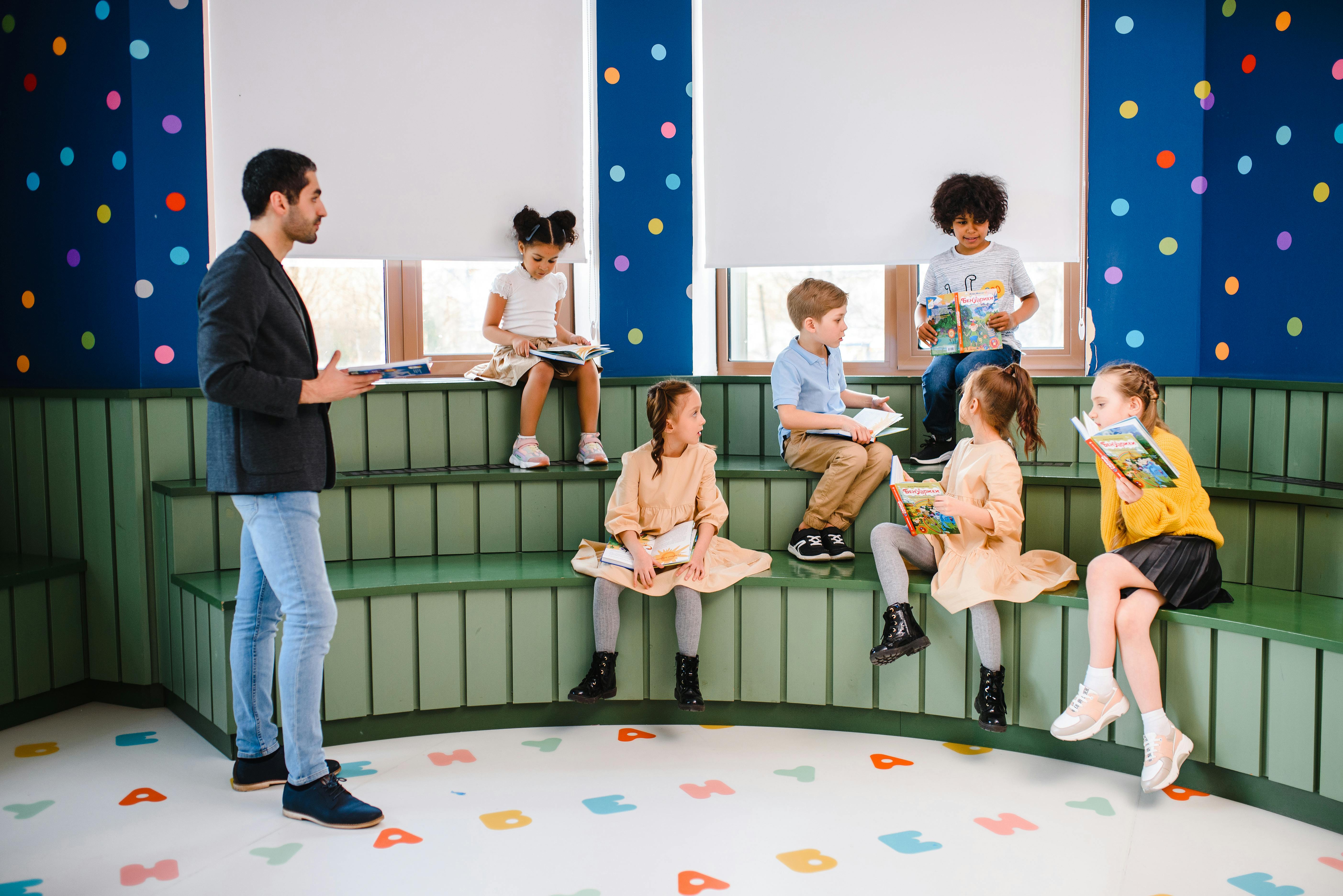What are the Different Learning Styles?
Learning styles play a crucial role in how individuals grasp and retain information. Have you ever wondered why some people grasp new concepts effortlessly while others struggle? The answer may lie in understanding different learning styles.
Recognizing individualized learning styles is crucial for optimizing learning experiences and unlocking the full potential of your abilities. Learning styles refer to the various ways individuals perceive, process, and retain information.
In this blog post, we'll explore the different learning styles, their characteristics, and strategies to optimize your learning journey.

The VARK Model: The 4 Learning Styles
The concept of the four learning styles has been around for decades, with various learning styles theories and models proposed by educators and psychologists. In the 1970s, David Kolb introduced his Experiential Learning Theory, which emphasized the role of experience in learning. Later, Neil Fleming developed the VARK model, categorizing learners as visual, auditory, reading/writing, or kinesthetic.
These learning style models provide insights into how individuals approach learning. Understanding learning styles allows us to tailor study methods, choose resources, and create an environment that caters to our unique learning needs.
We'll discuss the learning style variables in detail, providing definitions, characteristics, and practical strategies to help you maximize your learning experience. Whether you're a student, professional, or lifelong learner, understanding your learning style can be a game-changer.
These learning styles models suggest that individuals have preferences for how they take in and process information. Let's explore the learning styles within the VARK model.
Auditory Learning Style

Auditory learners thrive when information is presented through sound, music, and spoken words. They have a natural affinity for listening and often find themselves engaged in discussions, lectures, and verbal explanations to grasp new concepts.
They are individuals who prefer to acquire knowledge and skills through listening and speaking. They thrive in environments that involve discussions, verbal presentations, and the exchange of ideas. These learners often possess a strong verbal memory, allowing them to easily recall conversations and information they have heard. When faced with problems or new concepts, an auditory learner may benefit from talking through their thoughts aloud, as this process helps them better understand and internalize the information. They enjoy engaging with spoken content, such as lectures, podcasts, or audiobooks, as these formats align with their preferred learning style. Additionally, auditory learners may exhibit a natural talent for music or be particularly sensitive to sound and tone. However, one potential challenge for these individuals is that they can sometimes be distracted by background noises, which may interfere with their ability to focus and absorb information effectively.
Strategies for auditory learner
- Attend lectures and participate actively in group discussions
- Record lectures or create voice memos for later review
- Use verbal repetition and mnemonic devices to memorize information
- Engage in group study sessions or collaborate with a study partner
- Teach others or explain concepts aloud to reinforce understanding
- Listen to audiobooks, podcasts, or educational videos
- Create musical jingles or rhymes to aid memorization
- Participate in oral presentations or debates
Examples of auditory learning tools
- Lecture recordings and voice memo apps
- Audiobooks and educational podcasts (e.g., Audible, iTunes U)
- Language learning apps with verbal exercises
- Text-to-speech software (e.g., Listening.com)
- Online discussion forums and virtual study groups (e.g., Zoom, Microsoft Teams)
- Educational videos with engaging narration (e.g., Crash Course, TED-Ed)
- Music-based memory techniques (e.g., songs, jingles, rhythms)
- Collaborative tools for group discussion (e.g., Flipgrid, VoiceThread)
When teaching an auditory learner, it's essential to incorporate methods that cater to their preference for learning through listening and speaking. Here are some teaching practices that can be effective for auditory learner:
- Verbal explanations: Provide clear, detailed verbal explanations of concepts, ideas, and instructions. Use a conversational tone and engage learners with questions and prompts.
- Discussions and debates: Encourage active participation in discussions and debates, as auditory learners thrive in environments where they can express their ideas and listen to others.
- Lectures and presentations: Deliver well-structured lectures and presentations that are engaging and informative. Use voice inflection, tone, and pace to emphasize key points and maintain interest.
Visual Learning Style

A visual learner absorb and process information best when it is presented through visual means. They have a strong preference for seeing and observing things, including pictures, diagrams, written directions, and more.
This type of learners are individuals who learn best by seeing information presented to them. They possess a keen sense of spatial awareness and direction, allowing them to navigate their surroundings effectively. These learners tend to have a strong memory for visual details, such as colors, shapes, and patterns, which helps them retain information more easily.
Often, these learners have a vivid imagination and may think in pictures, enabling them to visualize concepts and ideas. However, they may struggle with verbal instructions or lectures, as they require visual cues to fully grasp and understand the material being presented.
Strategies for visual learner
- Use visual aids like diagrams, charts, graphs, and mind maps
- Color-code notes and study materials to organize information
- Highlight or underline key points in textbooks or handouts
- Create flashcards with images or symbols to aid memorization
- Watch educational videos, documentaries, or tutorials
- Take detailed notes with illustrations or sketches
Free trial
Easily pronounces technical words in any field
Leslie
Examples of visual learning tools
- Mind mapping software (e.g., MindMeister, XMind, Coggle)
- Flowchart and diagram tools (e.g., Lucidchart, Gliffy, Draw.io)
- Infographic makers (e.g., Canva, Piktochart, Venngage)
- Educational videos and online courses (e.g., Khan Academy, Coursera, YouTube)
- Digital whiteboards and note-taking apps (e.g., Miro, Notability, Evernote)
When teaching visual learners, it's important to incorporate a variety of visual aids and strategies to help them grasp and retain information effectively. Here are some teaching styles that can work well for visual learners:
- Use diagrams, charts, and graphs: Present information using visual representations such as diagrams, flowcharts, mind maps, and graphs to help visual learners see the relationships between concepts.
- Incorporate videos and animations: Use educational videos and animations to explain complex topics or processes, as these can be more engaging and easier to understand for visual learners.
- Utilize color-coding and highlighting: Use colors and highlighting to emphasize key points, organize information, and make it easier for them to identify important concepts.
Kinesthetic Learning Style

Kinesthetic learners are individuals who thrive on active participation and hands-on experiences in the learning process. They excel when they can engage in hands-on activities and physically interact with learning materials, as they have a strong preference for tactile experiences and direct interaction with the subject matter.
These learners often possess excellent motor memory, allowing them to easily recall actions, movements, and physical tasks they have performed. The best way to present new information to kinesthetic learners is through personal experience, practice, examples, or simulations, as these methods cater to their preferred learning style.
Due to their active nature, kinesthetic learners may fidget or move around while learning, as physical activity helps them stay focused and engaged during the learning process. However, they may face difficulties in traditional lecture-style learning environments or situations that require them to sit still for extended periods. These settings can hinder their ability to effectively absorb and process information, as they do not cater to their preferred learning style.
By understanding the unique characteristics and preferences of a kinesthetic learner, educators and trainers can adapt their teaching strategies to better suit these individuals' needs, ultimately enhancing their learning experience and outcomes.
Strategies for kinesthetic learners
- Engage in hands-on activities, labs, or experiments
- Use physical objects or manipulatives to represent concepts
- Take frequent breaks to move around or stretch
- Participate in role-playing, simulations, or case studies
- Use gestures or body movements to reinforce learning
- Seek out opportunities for field trips, internships, or practical experience
Examples of kinesthetic learning tools
- Educational games and simulations
- Hands-on learning kits or manipulatives
- Virtual or augmented reality experiences
- Maker spaces or workshops
- Physical puzzles or brain teasers
- Sports or physical activities that relate to the subject matter

When teaching kinesthetic learners, it's crucial to incorporate hands-on activities and physical engagement to cater to their learning styles. Here are some teaching methods that can be effective for a kinesthetic learner:
- Hands-on projects and experiments: Provide opportunities for them to engage in hands-on projects and experiments, allowing them to physically interact with learning materials and concepts.
- Role-playing and simulations: Use role-playing and simulations to help a kinesthetic learner practice and apply new skills in realistic scenarios.
- Field trips and outdoor activities: Organize field trips and outdoor activities that allow kinesthetic learners to explore concepts in real-world settings and engage in physical movement.
Reading/Writing Learning Style

Reading/writing learners consume information best when it’s in words, whether that’s by writing it down or reading it. Best way to engage and understand a lesson is by having them describe charts and diagrams by written statements, take written quizzes, or give them written assignments.
Individuals with a reading/writing learning style have a strong preference for acquiring knowledge and skills through written language. They thrive when engaging with written content, such as books, articles, and handouts, and often possess excellent reading comprehension and writing abilities. These learners tend to take extensive notes during lectures or while studying, as the act of writing helps them better process and retain information. They frequently organize their thoughts and ideas through writing, which allows them to clarify concepts and make connections between different pieces of information.
Reading/writing learners often have a good grasp of grammar, spelling, and punctuation, and they may excel in tasks that involve written communication. Due to their inclination towards the written word, these individuals may prefer solitary studying and working on written assignments, as it allows them to fully immerse themselves in the learning process at their own pace.
Strategies for reading/writing learners
- Read a variety of texts, including textbooks, articles, and online resources
- Take detailed notes during lectures or while reading
- Rewrite or summarize key information in your own words
- Create outlines, mind maps, or bullet points to organize ideas
- Write practice questions or sample essays to reinforce learning
- Participate in written discussions or online forums
- Use flashcards or create study guides to aid memorization
- Seek out additional reading materials to deepen understanding
Examples of reading/writing learning tools
- E-readers and digital book platforms (e.g., Kindle, Google Books)
- Note-taking apps and software (e.g., OneNote, Notion)
- Blogging platforms or personal wikis (e.g., WordPress, MediaWiki)
- Collaborative writing tools (e.g., Google Docs, Microsoft Word Online)
- Citation and reference management software (e.g., Zotero, Mendeley)
- Grammar and writing improvement tools (e.g., Grammarly, Hemingway App)
- Online writing communities and workshops (e.g., NaNoWriMo, Scribophile)
For students with Reading/Writing learning styles, here are some effective teaching methods:
- Reading assignments: Provide reading materials, such as textbooks, articles, or literary works, and assign reading tasks. Ask students to summarize, analyze, or critique what they have read.
- Writing exercises: Encourage students to write essays, reports, stories, or journals. Writing assignments help them process and retain information more effectively.
- Note-taking: Teach students effective note-taking strategies, such as outlining, mapping, or Cornell notes. This allows them to actively engage with the material while reading or listening.
- Vocabulary building: Introduce new vocabulary words through reading contexts and have students use them in written assignments or create their own examples.
In this blog post, we explored the VARK model of learning styles. Understanding each specific learning style, characteristics and preferences can help individuals optimize their learning experiences and unlock their full potential.
- A visual learner prefer learning through sight, using visual aid, diagrams, and color-coding.
- An auditory learners thrive on listening and speaking, engaging in discussions and lectures.
- Reading/writing learner processes information effectively through reading and writing activities.
- Kinesthetic learners learn best through physical experiences, hands-on activities, and movement.
Most people have a combination of learning style preferences. Incorporating elements from multiple styles can lead to a more effective learning experience.
Identifying and catering to your individual learning styles allow you to:
- Tailor study strategies to maximize information retention and comprehension
- Select learning resources and tools that align with your preferences
- Create an optimal learning environment
- Communicate your preferences to others
- Develop an appreciation for your strengths and work on improving weaker areas
While understanding your learning styles is valuable, remain open to exploring and combining different strategies. Experimenting with various techniques can help you discover new ways to engage with content and expand your learning capabilities.
Learning is a lifelong journey. By embracing your individual learning styles and seeking new strategies, you can become a more efficient and effective learner. Reflect on your preferences, experiment with different approaches, and unlock the full potential of your learning abilities!
Free trial
Easily pronounces technical words in any field




